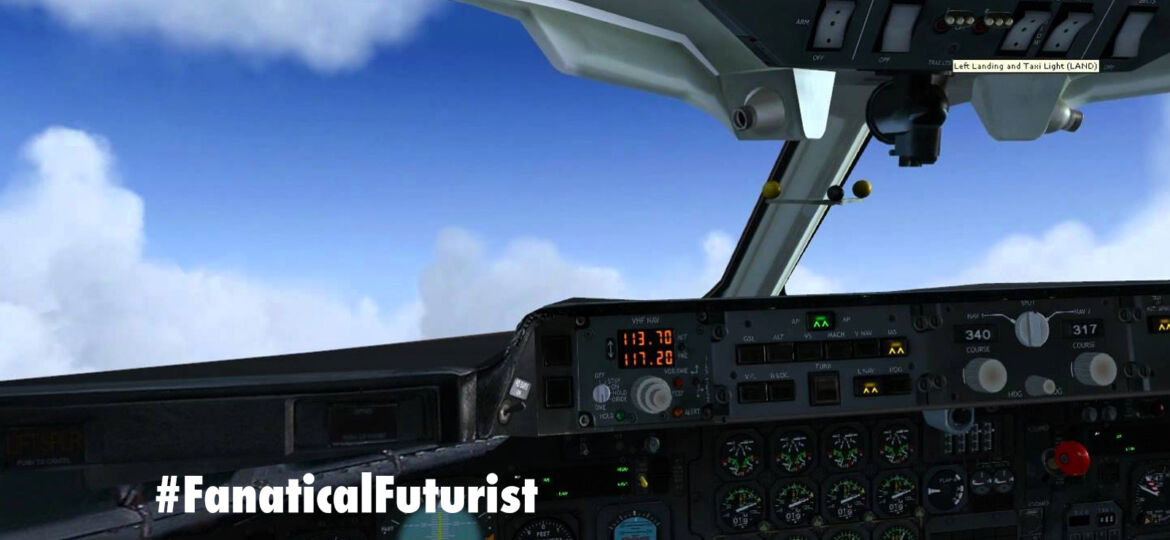
WHY THIS MATTERS IN BRIEF
Aviation is one of today’s biggest polluters so now companies are ploughing more effort into building the world’s first viable electric aircraft.
In March this year Rolls Royce’s CEO announced that the future of flight was electric, and this week Airbus, Rolls Royce and Siemens announced they’ve teamed up to design and build, initially, a small regional hybrid electric aircraft that will fly by 2020, and that at first they’ll build a technology demonstrator that replaces gas turbines with electric motors so they can test the new aircraft under real world flying conditions.
The companies then plan on having a full scale, commercially viable hybrid passenger jet in operation by 2030, and they’re not the only ones. A growing number of companies are exploring the potential of hybrid-electric power in aviation. Boeing, for example, who recently announced they’re also developing pilotless aircraft, with tests starting in 2018, recently took a stake in Washington based startup Zunum Aero, who’ve positioned themselves as the “Tesla of the skies,” and who aim to have a 12 seater all electrically powered aircraft flying by 2022, with the intention to scale it to 100 seats by 2030.
Today analysts estimate that there are at least seventy electric aircraft programmes around the world, around half of which are startups, and the partnership announced earlier this week will no doubt do a lot to boost the confidence and investment in the sector.
The new partners also announced they’ll initially be building a prototype jet using a Bae146 regional aircraft where they’ll swap out one of the four turbines with a two megawatt electric motor but their hope, like Zunum’s, is that eventually they’ll be able to produce an aircraft capable of taking up to 100 passengers.
“This is the first concrete step to prove what is possible,” said Mark Cousin, Head of Group Demonstrators at Airbus, who estimates that the fuel savings alone of hybrid propulsion would be “into the double digits,” a similar figure to the ones being bandied about by other companies developing electric vehicles, such as drone electric cargo ships, something else that Rolls Royce are into.
While hybrid and electric cars are becoming increasingly commonplace on roads, with governments including China, France, Germany, India and the UK now banning the sale of combustion engine vehicles from 2030 onwards, adoption of the technology in aviation has been held back by the weight and power density of batteries, a hurdle that Frank Anton, Siemens Vice President of eAircraft, said could be cleared in a relatively short time as battery technology is developing exponentially in response to demand from the auto sector.
“To get our jets flying we will have to get 10 times more power out of the same weight,” he said, “so we consider this to be our homework. But we believe we can get there.”
Globally the pressure is also on the aviation sector to deliver cleaner propulsion because they account for 2 percent of all the man made carbon dioxide in the atmosphere, but with passenger numbers set to double in just the next twenty years many people think that unless something is done now that figure will triple by 2050. And electric aircraft, with their lower noise and environmental footprint would go a long way to realising those aspirations.
The partners are hoping to win UK funding for the project, although they refused to quantify the cost, and Paul Stein, Chief Technology Officer of Rolls Royce, said another benefit of cleaner, quieter hybrid-electric aircraft would that airports could be situated closer to cities.
“It has the potential to move transport from rail to air, and gives the opportunity to connect any city pairs,” he said. But as for that last statement, “moving rail passengers to air,” I’m sure the companies behind the Hyperloop, a Mach 1 train, and the Chinese authorities who are developing their own train, the T-Flight, that’ll be capable of travelling at 2,500mph would have something to say that. And that’s to say nothing about Elon Musk and his plans to build out a low cost intercontinental Mach 27 “spaceliner” network.
Let the fights commence.
















